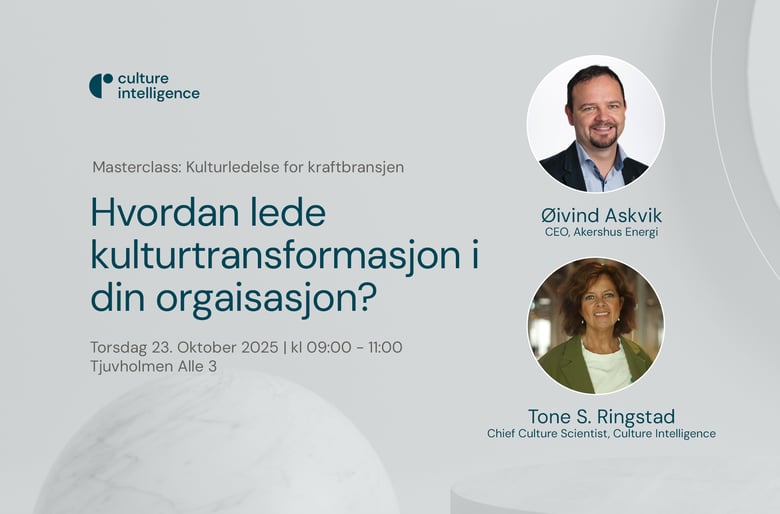If an organisation is going to recruit a new member for the software development team, the manager knows the cost and risk of hiring the wrong candidate. So how can data and analytics contribute to reduce cost and risk in this process?
IoT is not about whistles and bells. IoT is all about data, information and insight turned into improved business models.
Data comes from a variety of sources such as Linkedin, Twitter, weatherdata, documents, sensor data, surveys from Culture Intelligence, database logs – the list is endless. Different data sources also represent different data types, ranging from timeseries data to unstructured text. Managing the quality of data is a prerequisite for creating valuable insight.
Information is data put in context. For example, a timeseries of wind speed predictions is contextualized by relating it to a specific location. That information could thus be used to create insight if a planned boat excursion should be postponed or not.
Insight – Algorithms are used to create actionable insight from data and information. Machine learning, a subset of artificial intelligence, could be one of many technology implementations to create insight. Independent upon technology, data quality is still a prerequisite for creating valuable insight. The motivation for creating insight is to solve a real customer problem, that is improving or changing an organization’s business model.
Improved business model – so, if the boat, in the example above, is designed to maximize operability, less excursions would be postponed, and the business model is thus improved. The optimized designed would be influenced by insight created from data and information gathered from the local conditions where it will operate.
In Culture Intelligence we empower leaders to understand, measure and redesign culture. Why? Because it improves business models that rely on high performing teams. How? The business model is a blueprint of the strategy, and a successful implementation is dependent upon the right culture fit. Culture Intelligence has a SaaS solution that provides leaders with a tool to take strategic decisions based on measurement of culture.
Since strategy success is dependent upon the culture, the organisation must have a perceived perception of the desired culture to prevail. Based on the definition, culture can thus be defined by prioritizing the values that are important for strategic success. The desired culture can be defined in the SaaS solution, it is called a culture code.
In the case, the manager responsible for the recruiting has 3 good candidates. The current evaluation is based on interviews, CVs, references and gut feeling. Gut feeling is based on the recruiting manager’s experience. But is there a method to create insight with respect to how either candidate will contribute to the desired culture code if hired?
Data
Culture Intelligence has a SaaS solution that enables a recruiting manager to measure value priorities for all candidates. The candidate takes a survey, and her value priorities are available. Since data quality is a prerequisite for creating insight, this process is monitored to secure quality.
Information
Relating all candidates value priorities in context of the software development team, so that the recruiting manager can create further insight with respect to cultural impact for the team and the desired culture code of the organization.
Insight
The algorithms of the SaaS solution enable the recruiting manager to run what-if scenarios based on the information available from all the candidates. Since all employees of the recruiting organisation already has taken a survey there is information available for the whole organisation. The recruiting manager can thus get more objective feedback.
Improved business model
The SaaS solution can now give the recruiting manager decisions support, so that she can reduce the risk and cost of hiring the wrong candidate. Some important questions can now be answered. Which of the three candidates has the best match for the desired culture of the organisation? How will the culture in the existing software development team change when hiring one of the candidates? How will the culture of the whole organisation be affected by hiring one of the candidates? The new insight gathered could now be added to the existing evaluations and a better decision could be made.
The example above is just one case where people IoT is applied to improve an organisations business model. Many organisations change continuously, and decisions related to reorganisation, recruiting, M&A should be done based on data and analytics in addition to experience and gut-feeling. In an IoT perspective it is thus important to gather data (surveys) on a recurring bases, so that managers can use timeseries of value priorities to create insight and decision support.
References
- Understand 3 Key Types of Machine Learning (Gartner.com)
- 2 Megatrends Dominate Gartner Hype Cycle for AI | Gartner



